(October 7, 2023) A man trying to cop a feel, a scared teenager struggling to find her voice, and several passengers ignoring the scene… While it is a scary situation, unfortunately, lots of girls across India battle these adversities daily to reach their schools or colleges. While some find the courage to speak about it, most remain silent. When about 10 minutes into our conversation, I asked renowned gender expert and the current United States Ambassador-at-Large for Global Women’s Issues, Dr. Geeta Rao Gupta if she ever witnessed any such incidents, she quipped, “Growing up in New Delhi, I personally experienced the horrors that girls used to go through. They called it ‘eve-teasing’, and I feel that it is such a bad word for what actually happens to girls. But nobody ever talked about it, and it made me have an anger in my belly that I had to learn to channel.”
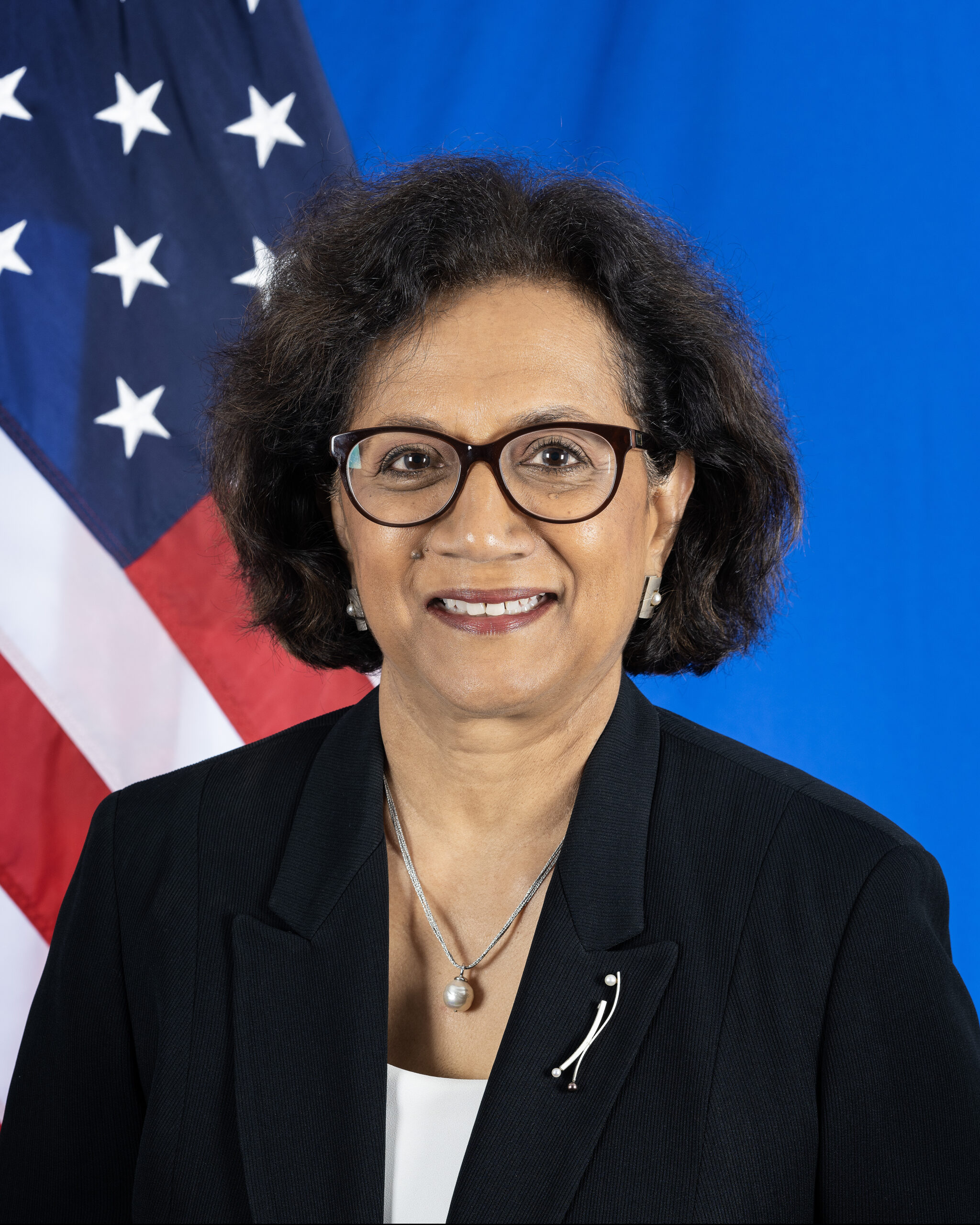
Ambassador Geeta Rao Gupta
In a career spanning over four decades, Ambassador Rao Gupta has served as the former president of the International Center for Research on Women (ICRW) and was previously appointed by the United Nations Secretary-General Ban Ki-moon as the deputy executive director for UNICEF, where she served from 2011 to 2016. During her recent visit to India, the U.S. Ambassador-at-Large took some time out of her very busy schedule to sit with Global Indian and share her journey from being a young girl with big dreams in New Delhi to being nominated by the President of the United States, Joe Biden to become the U.S. Ambassador-at-Large for Global Women’s Issues.
Inspired by her mother
Born in Mumbai in 1956, Ambassador Rao Gupta first moved to Delhi when she was about ten years old. It was quite early in her life that she became aware of the various inequalities prevalent in society. “My parents moved to Delhi when I was in fifth grade. So, most of my childhood was spent in the capital. Delhi was a very different culture from Bombay in those days. Growing up as a young girl in Delhi made me very aware of the inequalities that existed between women and men. But I grew up in a very progressive household, where my parents treated us siblings equally,” she shares.
Growing up in a gender-biased world, Ambassador Rao Gupta was inspired by the journey of her mother, which made her realise that gender doesn’t define the limits of what she could achieve. “My mother was a physician and public health specialist,” she says, adding, “Her boss had informed her about a 13-month-long Ford Foundation fellowship, which was offering a public health degree from the University of California, Berkeley. I was about seven years old at the time, my brother was nine, and my younger sister was about three. It must have been a difficult choice for her, but my father was very supportive of her decision [to accept the fellowship]. He knew that her exposure, learning, and taking this opportunity would transform our lives forever. So looking back, I can say that this decision changed my life in two ways. Firstly, the role modeling of the fact that my parents supported the professional advancement of my mother. That instilled in me the importance of being your own person. Secondly, my mother brought back several books, toys, and music that gave us immense exposure to the Western culture.”
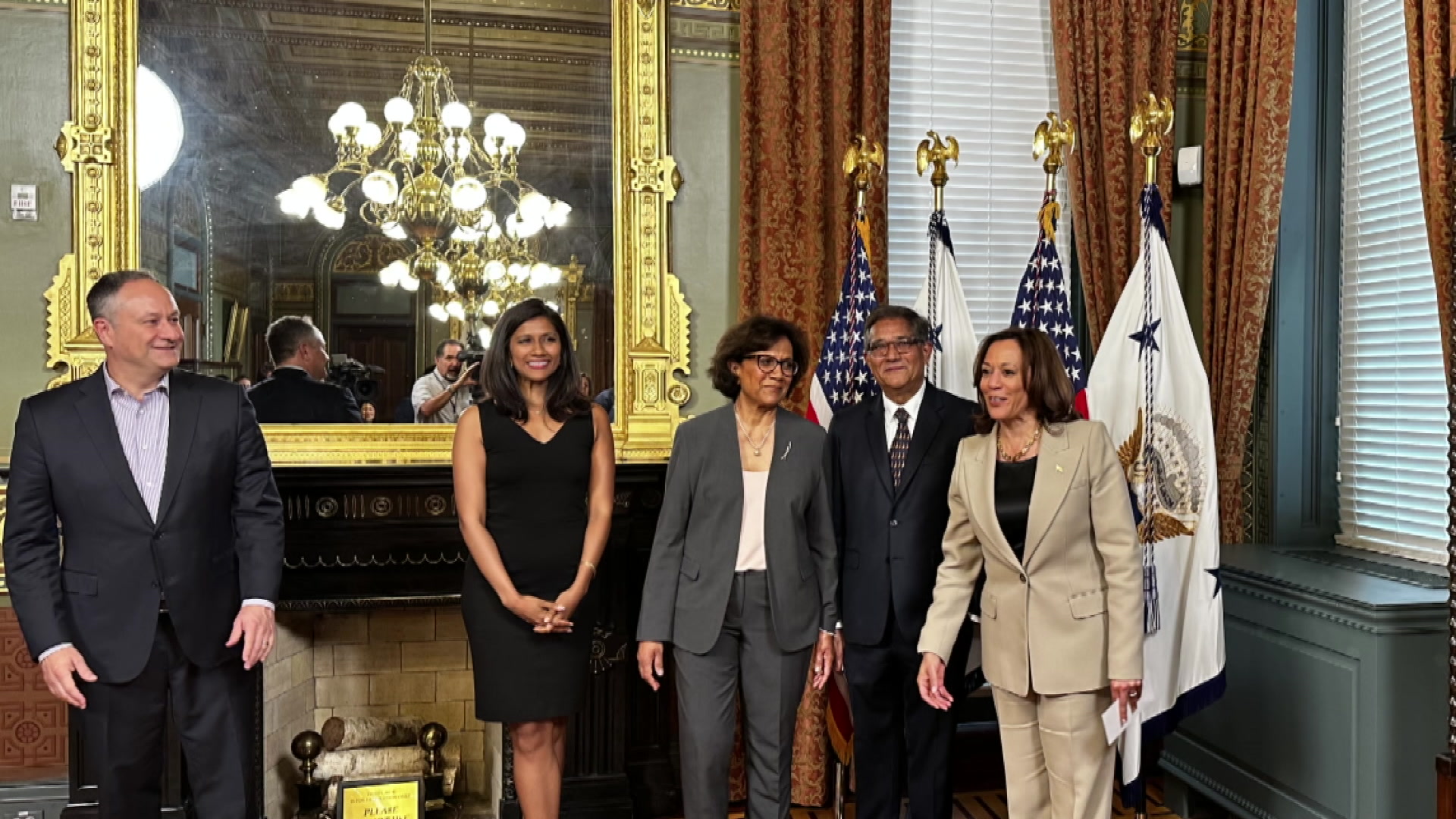
Ambassador with USA Vice President, Kamala Harris
But, was her mother her only source of inspiration? As she shares, “My mother’s sister was also a physician and demographer. In fact, she and my mother were two of the first trainers of family planning workers in India. However, apart from being a professional woman, she also acted in theatre. Even my grandmother was a full-time working woman.
A world tilted by discrimination
As Ambassador Rao Gupta finished school and stepped into college to pursue a bachelor’s in psychology, she was introduced to a world of issues women faced daily – something so common that people do not bother discussing them. “Travelling to college in buses, I experienced sexual harassment, especially since I would fight back” she laughs, adding, “Also, this occurred not only on public transportation but also on the street, which was very common those days. Eventually, I realised that many of my classmates were facing the same situation. I remember one of my classmates telling me that she used to keep open safety pins in her hand when she got onto a bus so that nobody could come close to her without getting poked. So I did that for a while. However, that certainly wasn’t a permanent solution.”
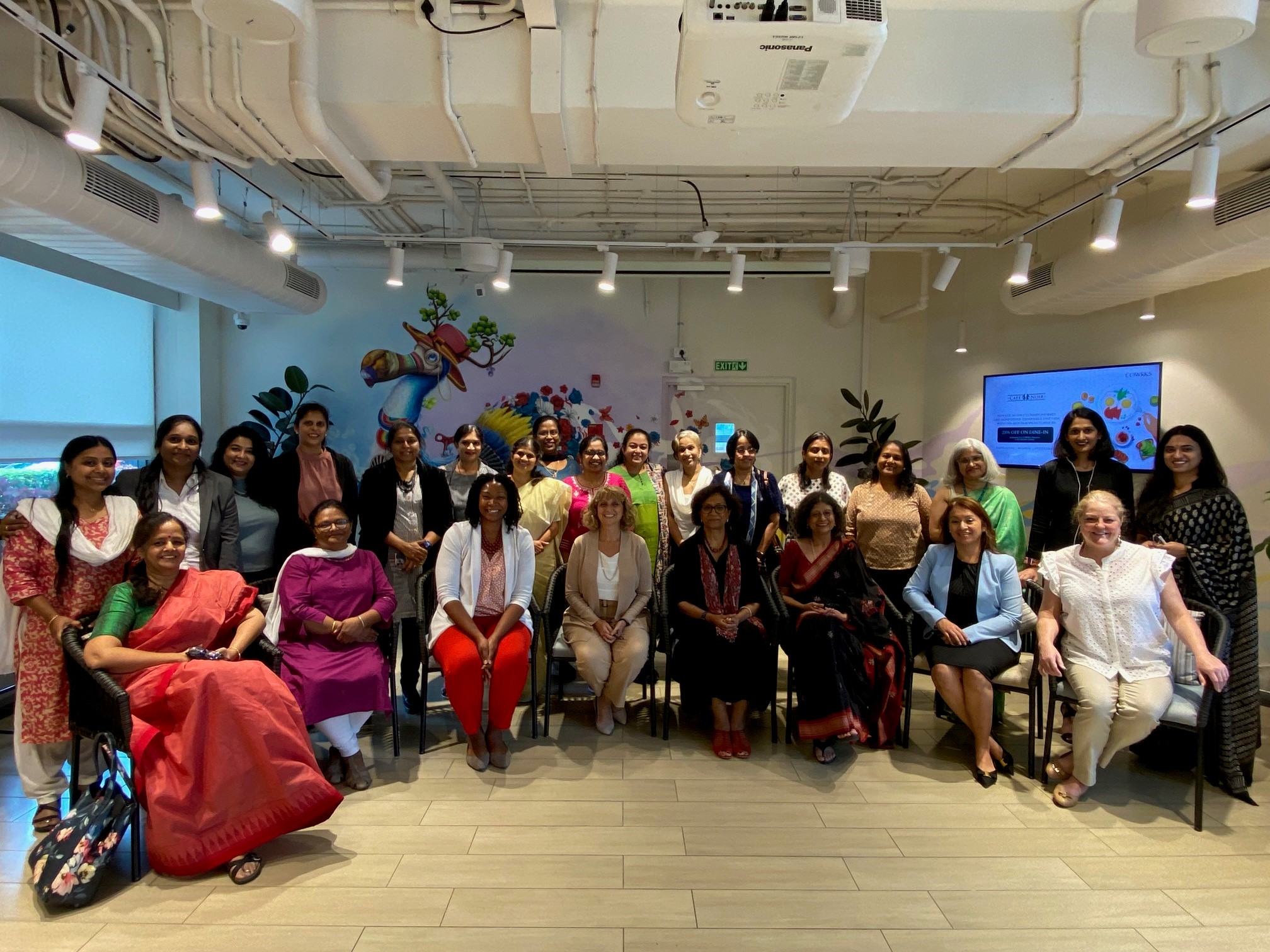
Ambassador with women entrepreneurs in Bengaluru, during her recent India visit
She decided that she would become a clinical psychologist to try and fix society. “I mean, I joke about it now, but it was a very serious commitment then that I would fix one person at a time. And I became a counselor and even did some voluntary counselling work while I was studying. The cases that came to me were inevitably about sex and rape. Frankly, most of them would be about women being traumatised by not knowing anything about sex or being newly married in overcrowded homes. Or it was about men who were confused about sex or were sexually stalking women and didn’t know how to stop and were obsessed with it.”

Realising that the issue was too big to be fixed by just one person, Rao Gupta took to social psychology and went on to earn a Ph.D. in the subject from Bangalore University. So, when did she decide to move to the United States? “Now, let me tell you something I have never shared in any interview,” the Ambassador quipped, “I was very keen to study clinical psychology abroad, so I applied to a U.S. university for a Ph.D. and was successful in getting admission. However, they wouldn’t give me a fellowship for my tuition. My parents, being public servants, didn’t have the money and said that they could give me a one-way ticket, but nothing else. It was just too scary for me to go off without any money in hand, and without a return ticket, so I applied for a Rotary Club scholarship. I got to the final round along with a young man who was an engineer. During the interview, a panel of four men asked me repeatedly whether I would get married and have children. And if that was my intention, then why would they spend the money on sending me abroad? I was informed that the candidate I was competing against was a civil engineer who would return and build bridges. He got the scholarship, and it was such a huge disappointment, but also made me so angry because it was so sexist,” she shares.
The land of dreams
While it wasn’t always her intention to move to the United States, destiny had other plans for her. “I was 23 years old when I got married, and we had no intentions of traveling abroad. My husband was working in the Export Import Bank of India, and at one point further in our marriage, he got a transfer to the United States when the Indian economy opened up,” the Ambassador shares, adding, “It was supposed to be a two-year-long assignment. However, he never told me about this opportunity and even turned it down as I would have been on a dependent visa and wouldn’t be able to work there. I had a chance meeting with his boss, where I got to know about this opportunity,” Ambassador Rao Gupta shares smiling. “I told my husband that I had never travelled abroad – and we can’t miss out on this opportunity.”
However, when her husband flew to the United States, Ambassador Rao Gupta was eight months pregnant, and the airline didn’t allow her to fly. Then, another incident made her aware of the gender bias in the country once again. “When I delivered my baby in India, in a hospital in an urban site, the nurse would not tell me whether the child was a girl or a boy, because I had delivered a girl child, and she was nervous that I would be so upset with the news that I would hemorrhage and my health would be at risk,” she shares, adding, “So they held the news from me till a few hours later, and told me that I had a girl child with great nervousness that I would be upset. When they saw how overjoyed I was and how pleased my parents and my parents-in-law were, the nurse came to me and said, “You belong to a very strange family. Were you raised in India?”
Ambassador Rao Gupta finally flew to Washington, D.C., four months after her daughter arrived. “For two years I was home with my baby, which was wonderful. However, soon I started getting restless because I wanted to work. And so, I joined the International Center for Research on Women (ICRW), and that’s how my journey began,” she says, adding, “When I went there they had never heard of Bangalore in those days. They didn’t know whether I spoke good English, and wanted to see if maybe I could write something and test my English. So, I started as a volunteer, working for no money.”
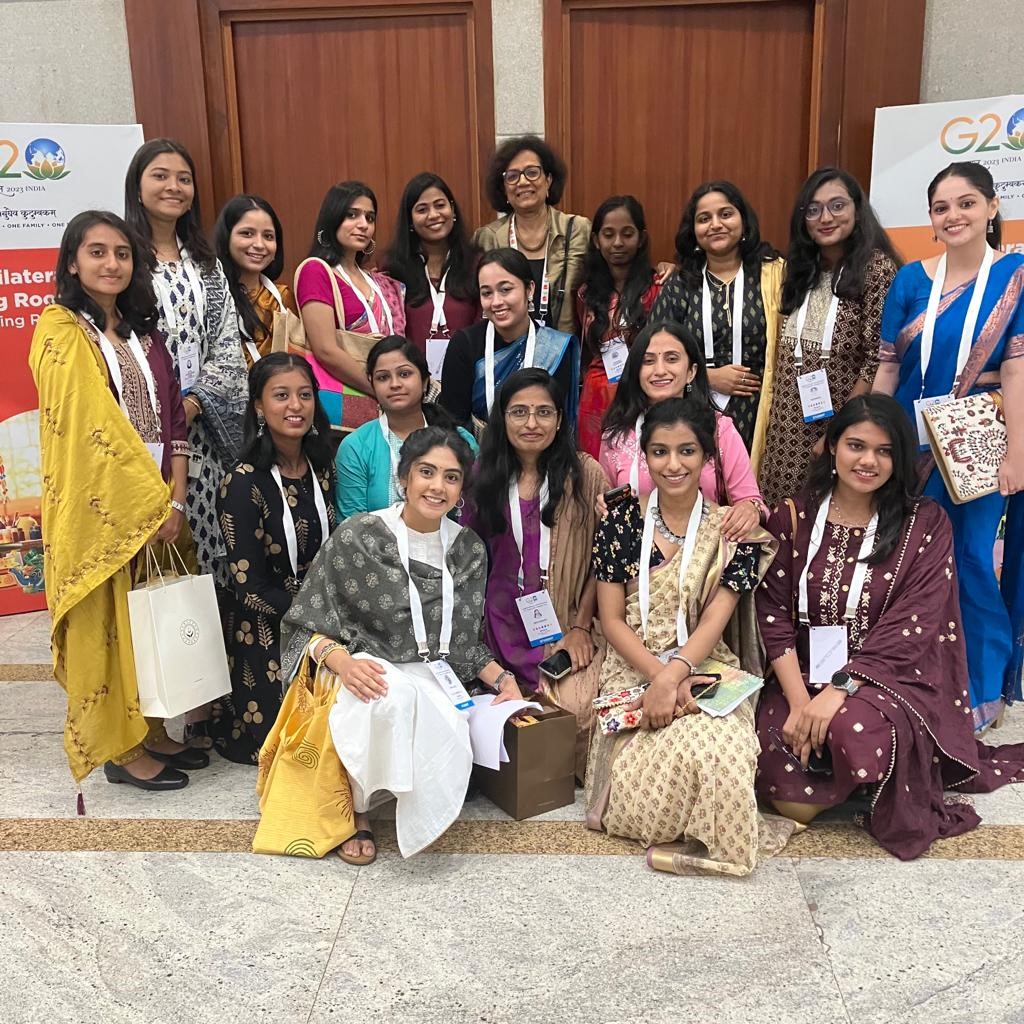
Ambassador with student interns at G20
But then how did she manage to stay in the United States? “Soon after joining, ICRW decided to sponsor me for an H-1B visa, and offered me a full-time job,” says the Ambassador, adding, “I joined as a Research Associate, and eventually became a Project Director. Subsequently, they sponsored me for a Green Card. Meanwhile, my husband’s assignment kept getting extended.”
Five years later, however, her husband’s company decided to call him back home. It was a difficult decision, but he decided to make a tough choice for the sake of his wife’s career. “At that point in my career, my boss had given me my first project directorship of a new programme called the Women and Aids Research Programme. I had gotten very involved in learning about women’s vulnerability to HIV. And so, my husband said that he would go back to India and tell his bosses that he would be taking a sabbatical so that I could continue my job. And then after one year, we could all go home,” shares the Ambassador.
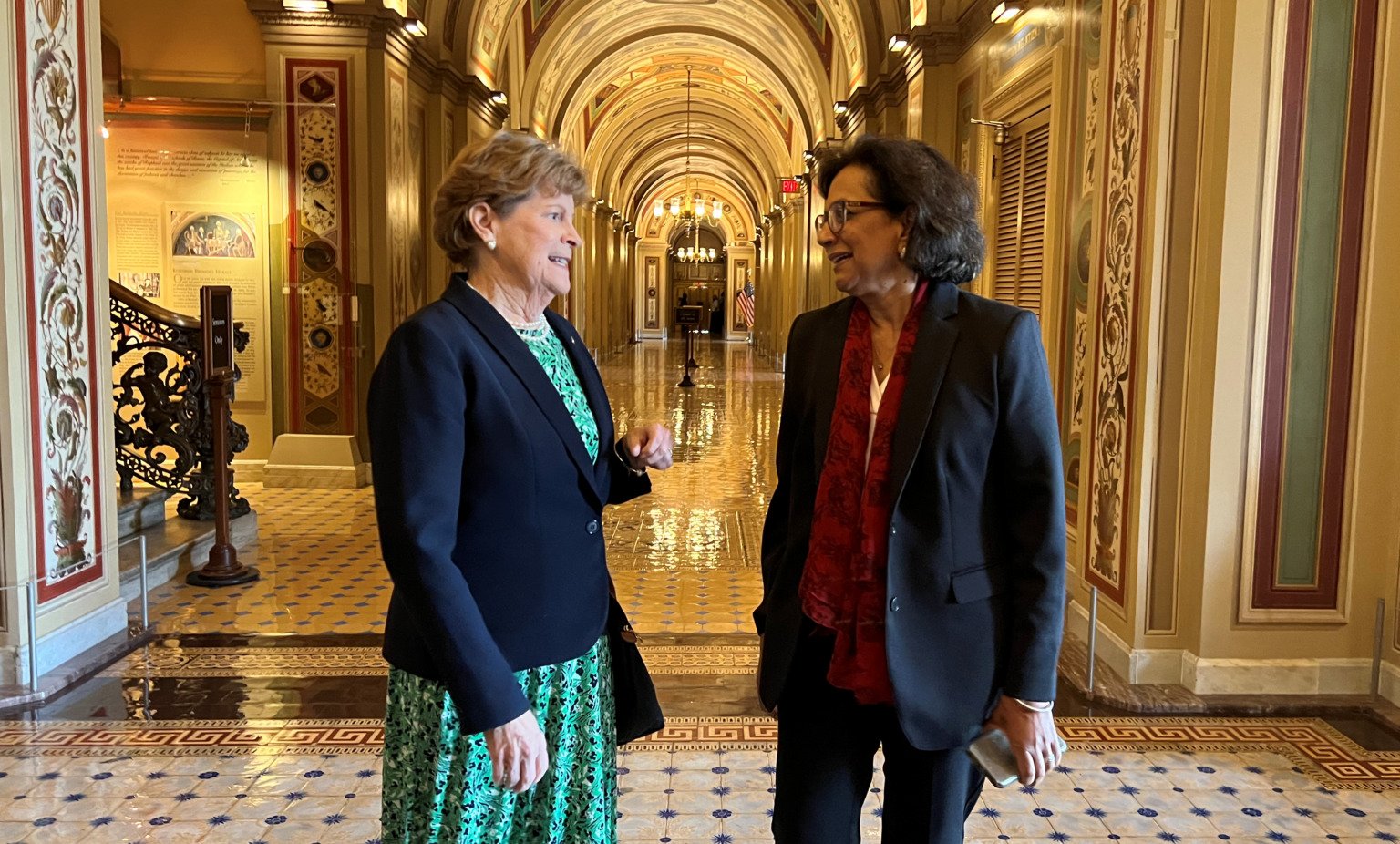
Dr. Rao Gupta with Michelle Milford Morse, Vice President of the UN Foundation’s Girls and Women Strategy
But of course, destiny again played its part. Her husband’s bosses didn’t agree to a sabbatical, and he came back to the United States after resigning from his position. It was a tough time for the couple; they didn’t have much savings, had to shift their five-year-old daughter from a private to public school, and the bank – which owned all their household stuff – took it back. But the couple persisted, and her husband got a consulting assignment with the World Bank soon after. “I remember, one day he told me that from now on yours is the career and mine is the job,” shares Ambassador Rao Gupta, who seven years after she got her H-1B visa was made president of ICRW.
Ambassador Rao Gupta and her “angels”
Navigating the path in an organisation in a new country, can be challenging. But Ambassador Rao Gupta benefitted by having several ‘guardian angels’ helping her. “When I moved here, there were not that many Indians in the United States. So, to fit in, I felt I had to cut my long hair and dress a certain way. But I had no clue where to shop and as a result, wore all the wrong types of clothes! Luckily, one day, when I was in the Xerox room, one of my senior colleagues was standing in the corner flipping through a women’s clothes catalog, that now I know is not a catalog that she would ever buy clothes from. When I asked her what she was looking at, she showed me some of the clothes from the catalog and said how amazing they would look on me. I had no clue that she was telling me, “Don’t wear what you’re wearing,” laughs the Ambassador.
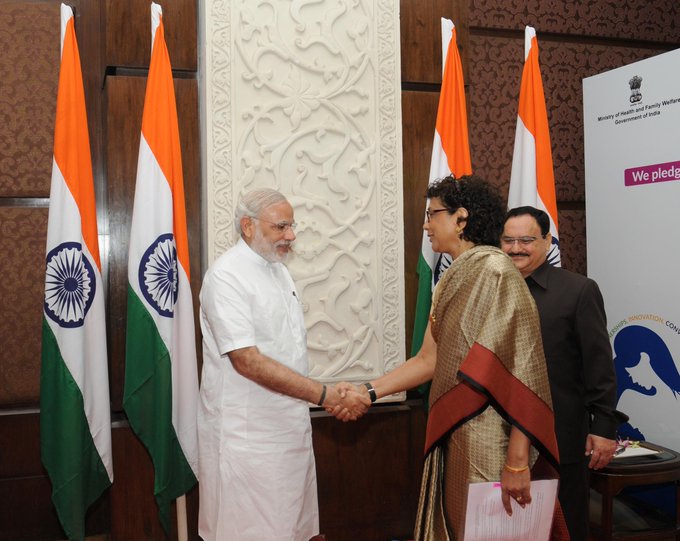
Ambassador Geeta Rao Gupta with Indian PM Narendra Modi
A few years later, while she was a co-lead on a project, the Ambassador was asked to present the results at an event and had to wear a business suit to the event. A little unsure, Rao Gupta went to a Casual Corner store. “A saleswoman helped me get the clothes. The next day people loved it so much, that I ended up wearing it even on the second day of the conference,” she said, as her whole team burst out laughing.
Forging ahead
The former president of ICRW, and deputy executive director of UNICEF, was nominated to be the United States Ambassador-at-Large for Global Women’s Issues by President Biden in 2021 and was confirmed by the Senate on May 10, 2023. Speaking about her goals ahead, the gender equality advocate says, “So, you know how people say at the beginning of speeches, ‘I’m very honoured and feel very privileged’. For me, this is more than just words. It’s tough to imagine the distance that I have traveled. I have a wonderful job. There are many champions of women within the department, and we need to partner with them to amplify the impact that the Office of Global Women’s Issues can have.”
As she signs off from the interview, Ambassador Rao Gupta has just one piece of advice for young activists, who want to create an impact and bring good changes to society. “Be persistent,” she says, adding, “It’s a tough road, but you have to be tenacious and keep at it.”



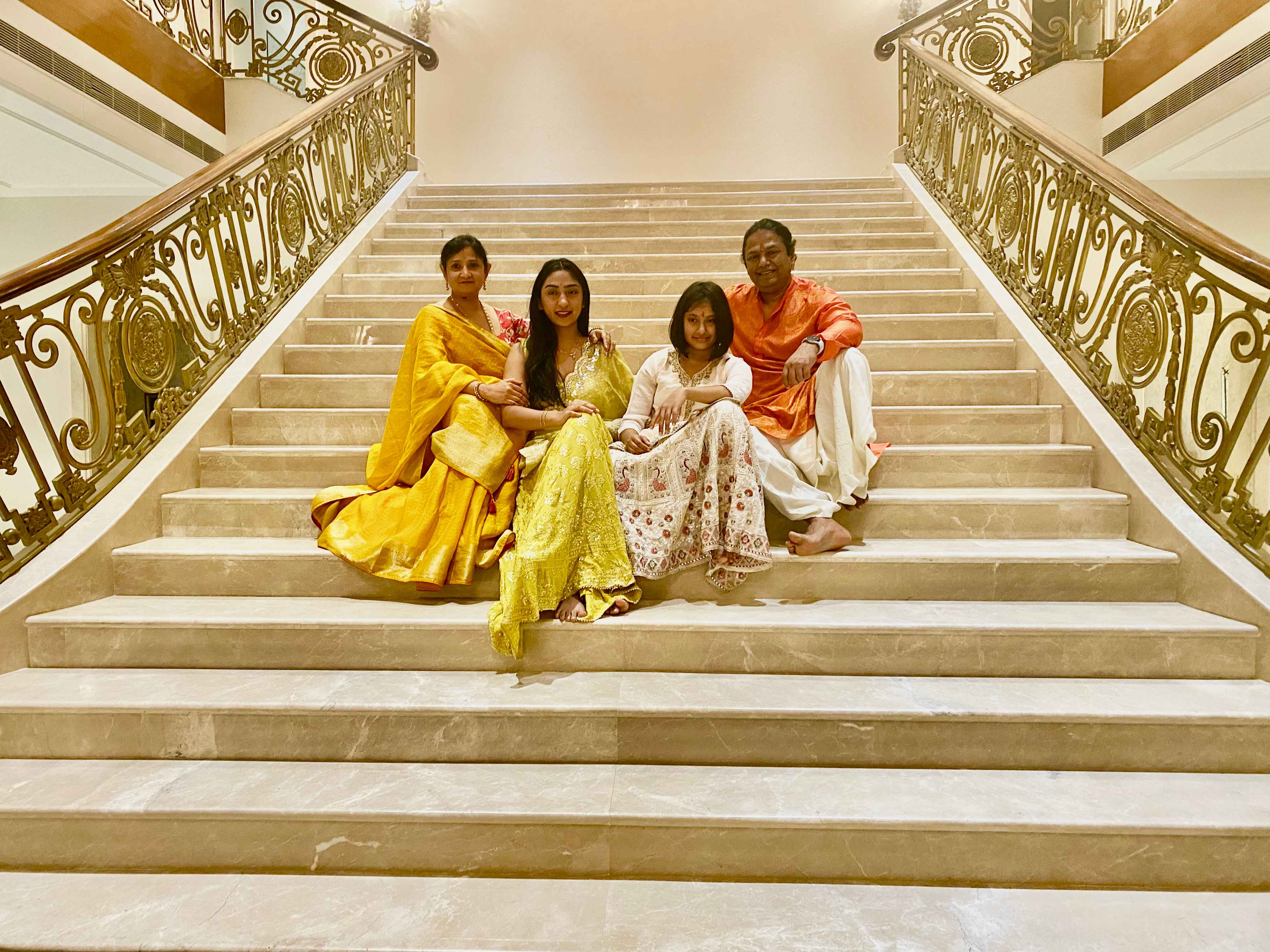
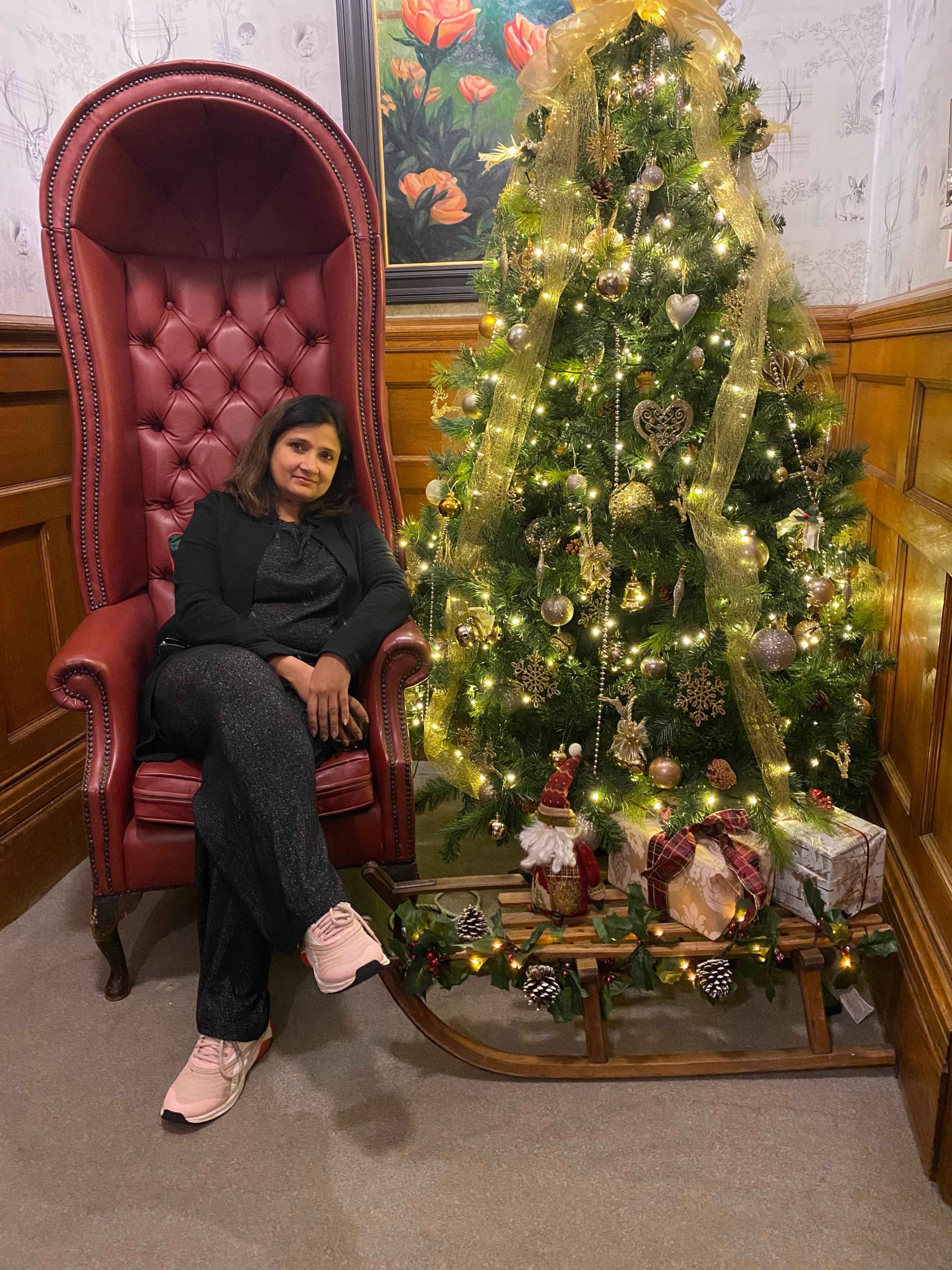
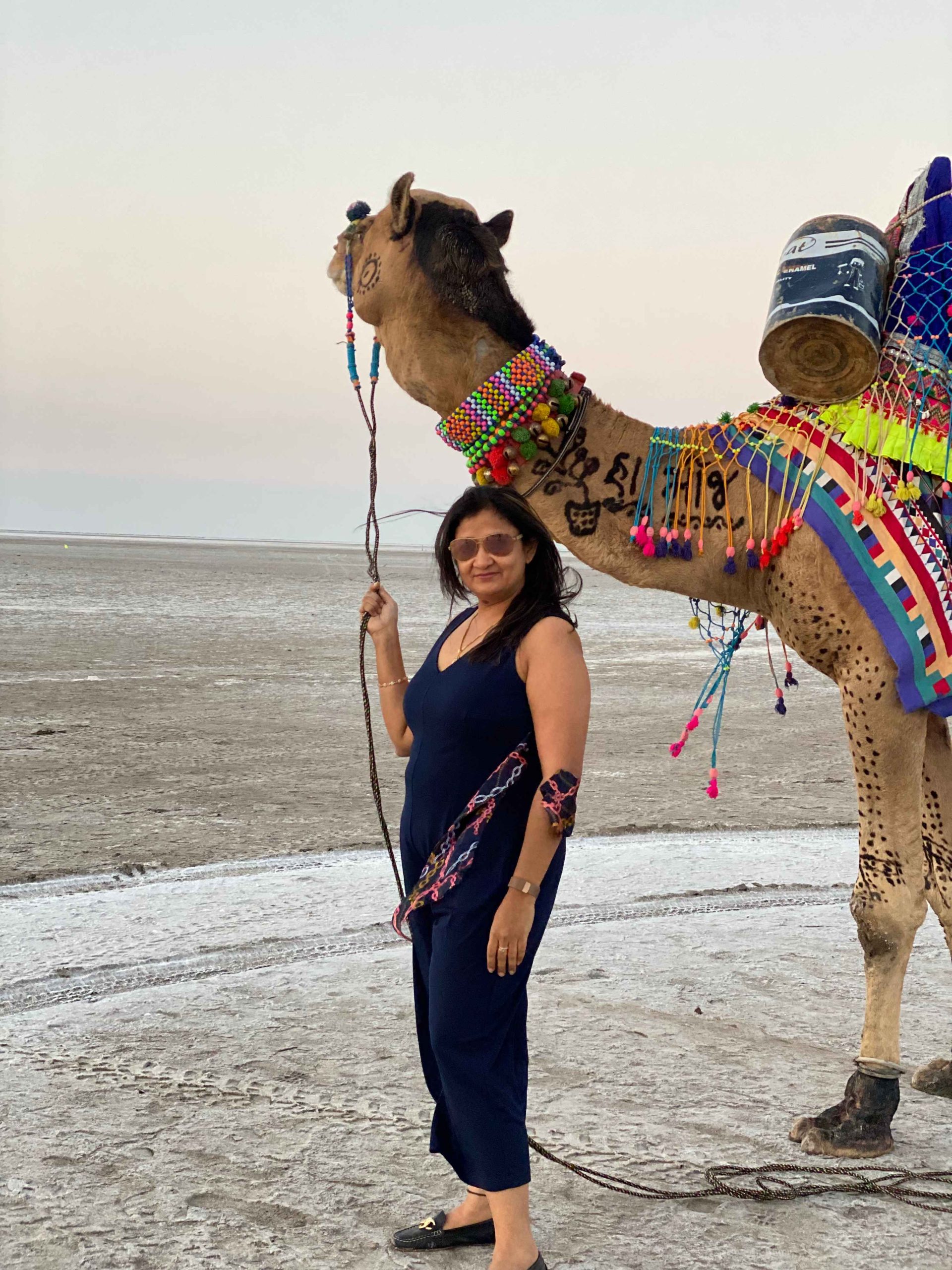

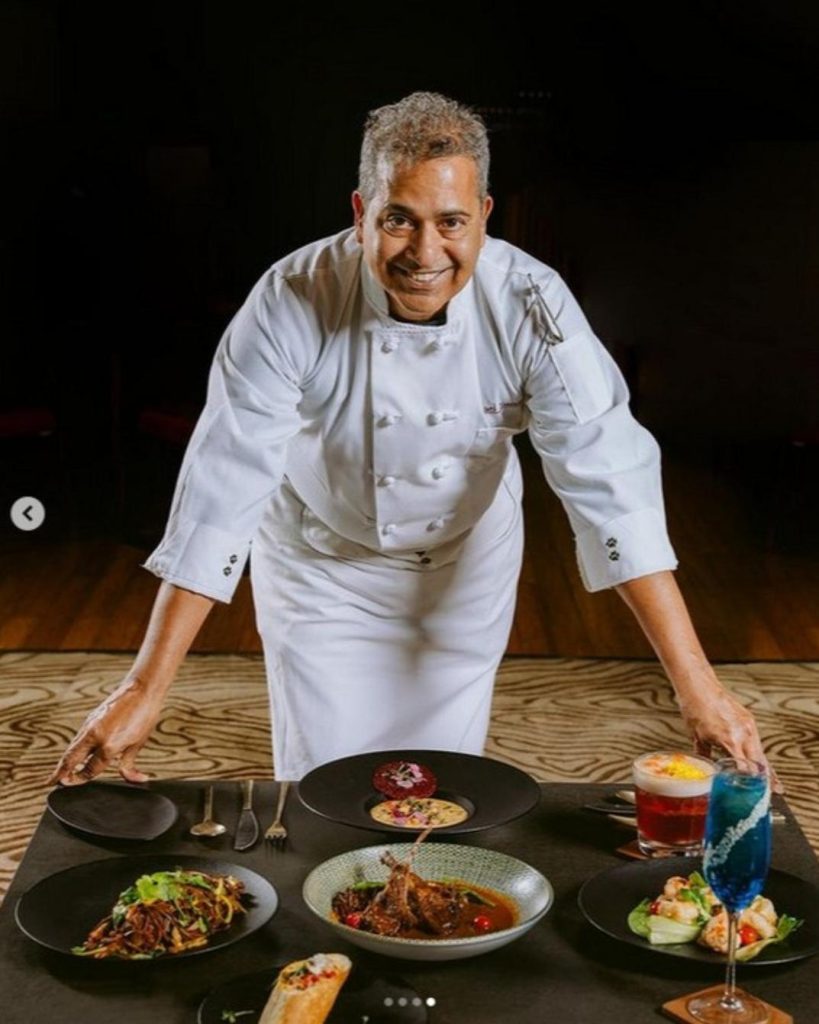
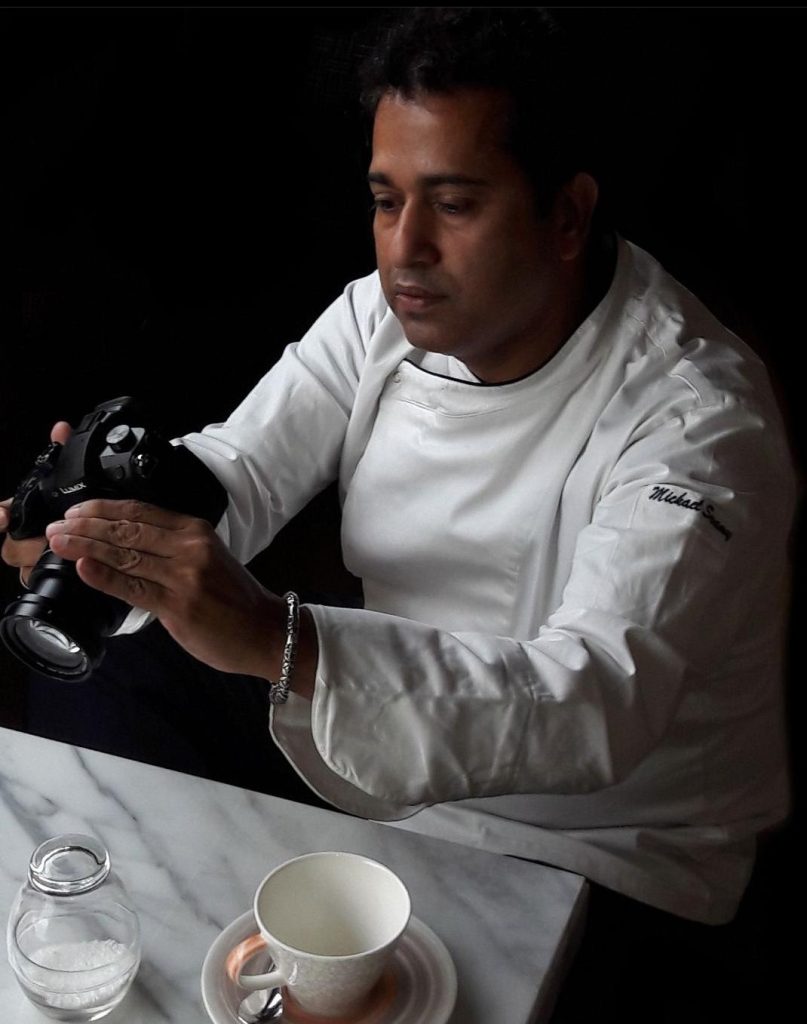
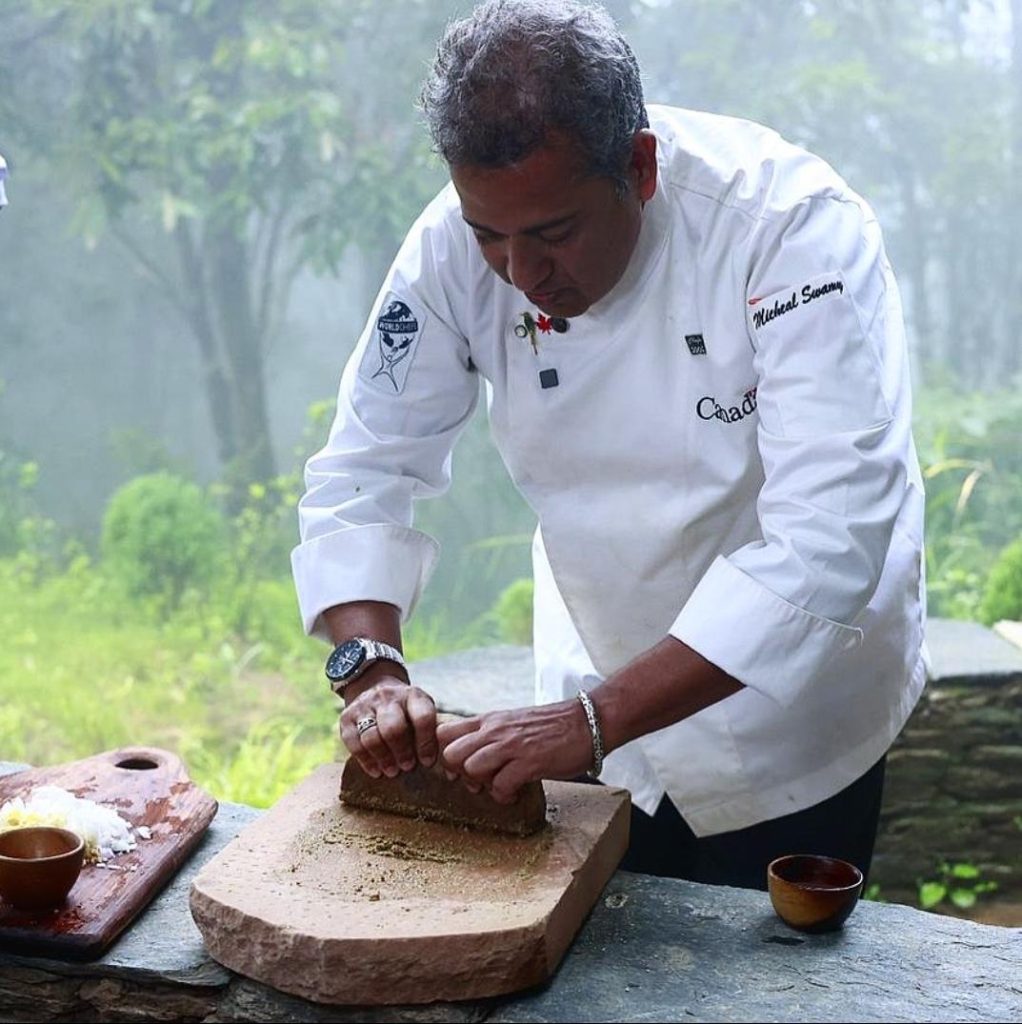
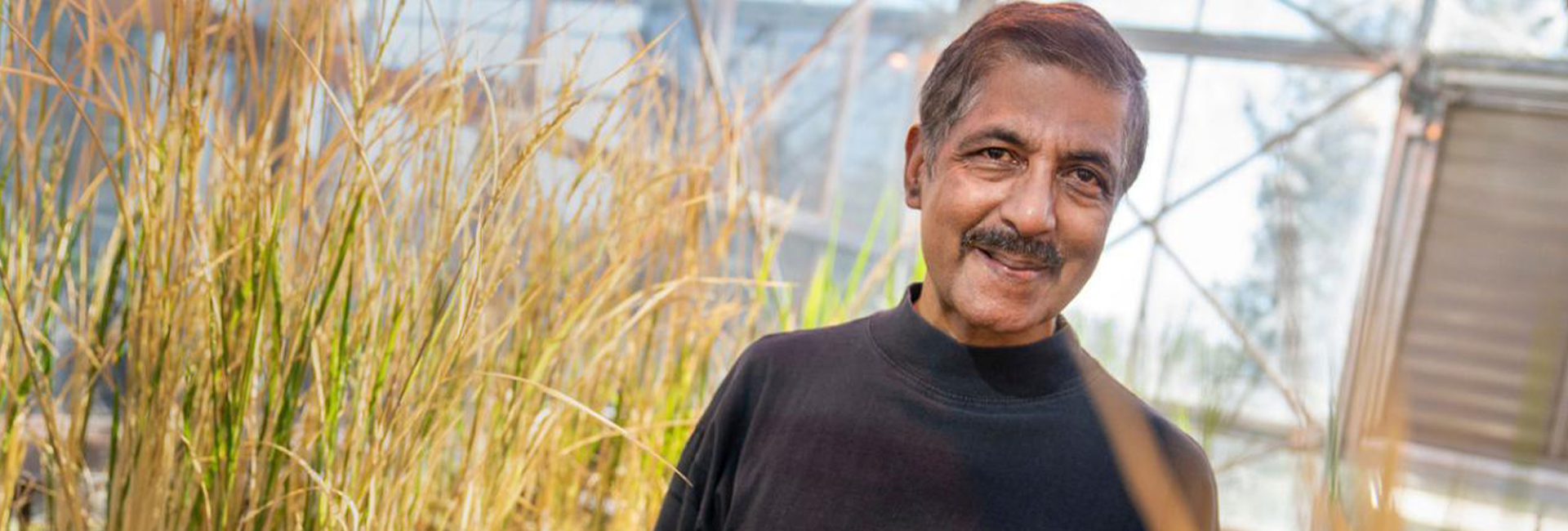
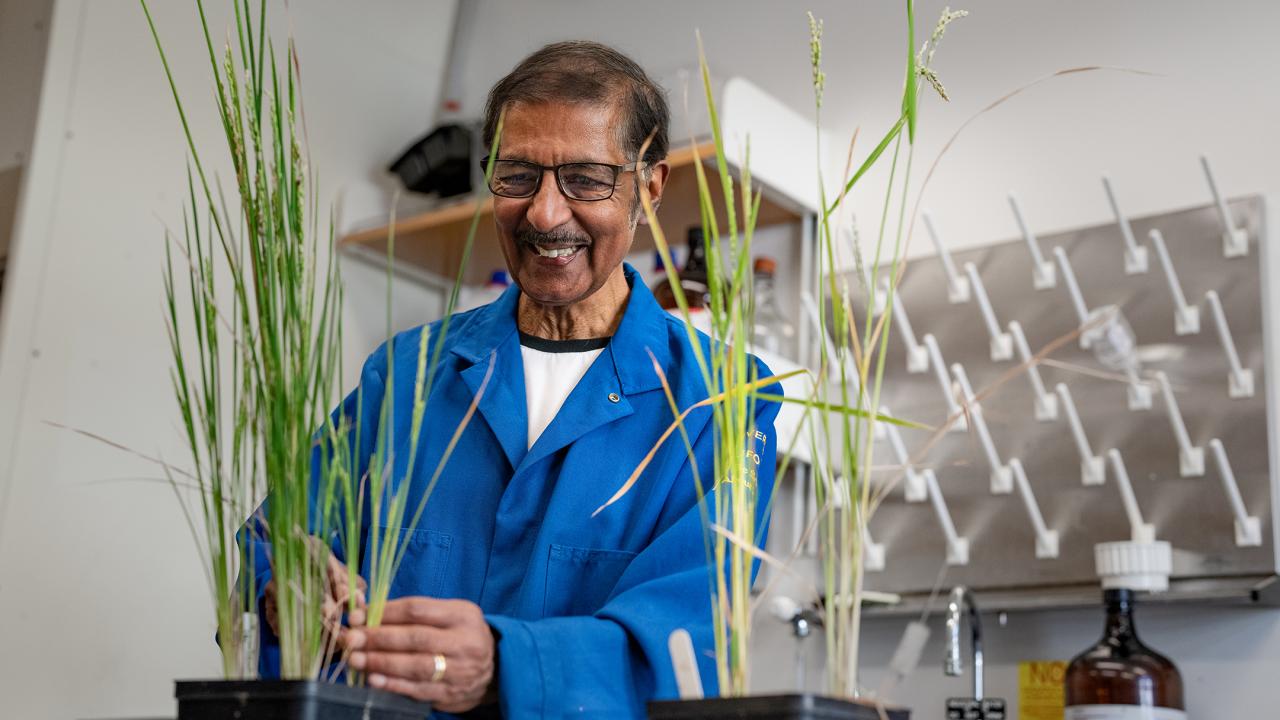 Dr Venkatesan Sundaresan in his lab | Image Credit: UC Davis[/caption]
Dr Venkatesan Sundaresan in his lab | Image Credit: UC Davis[/caption]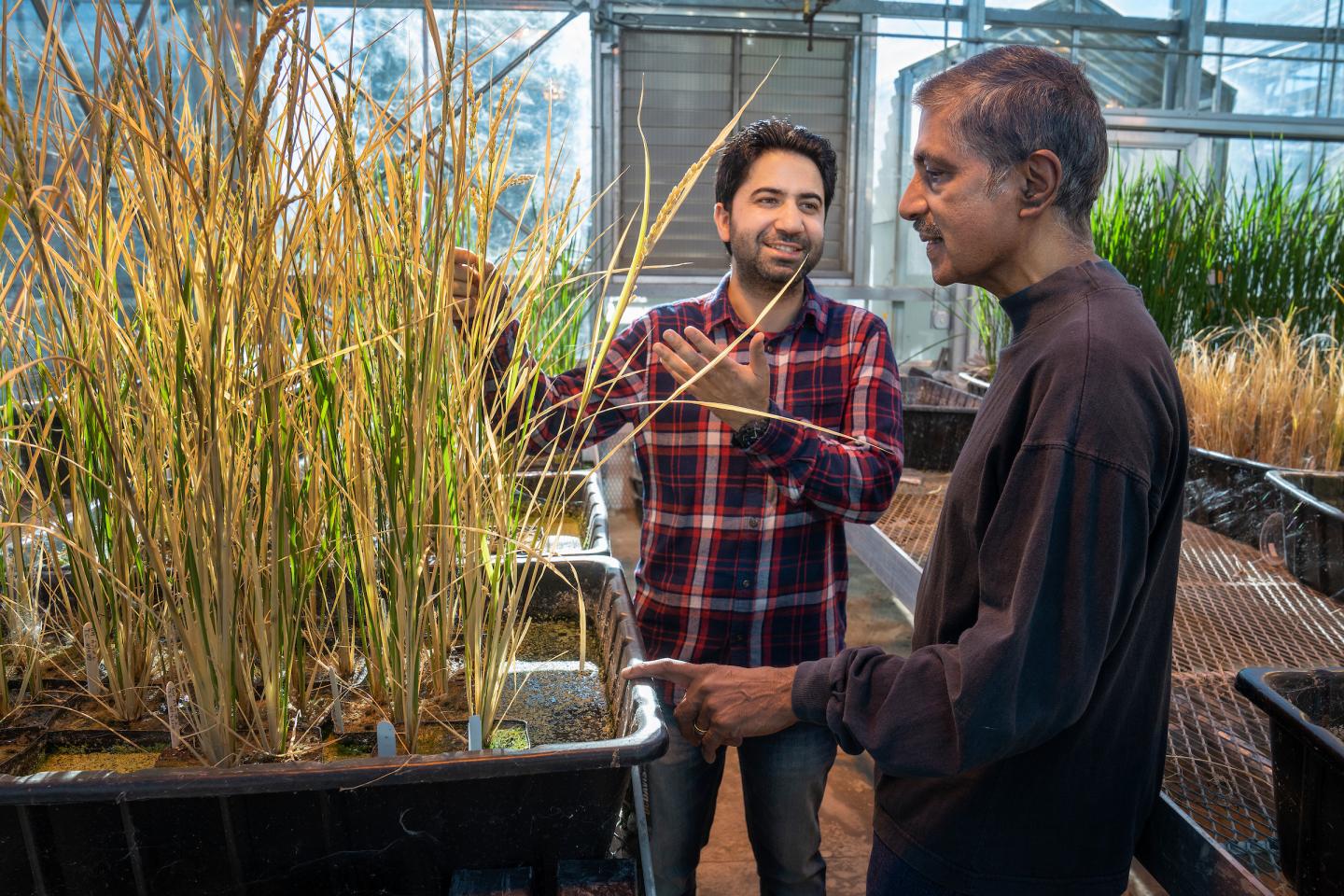
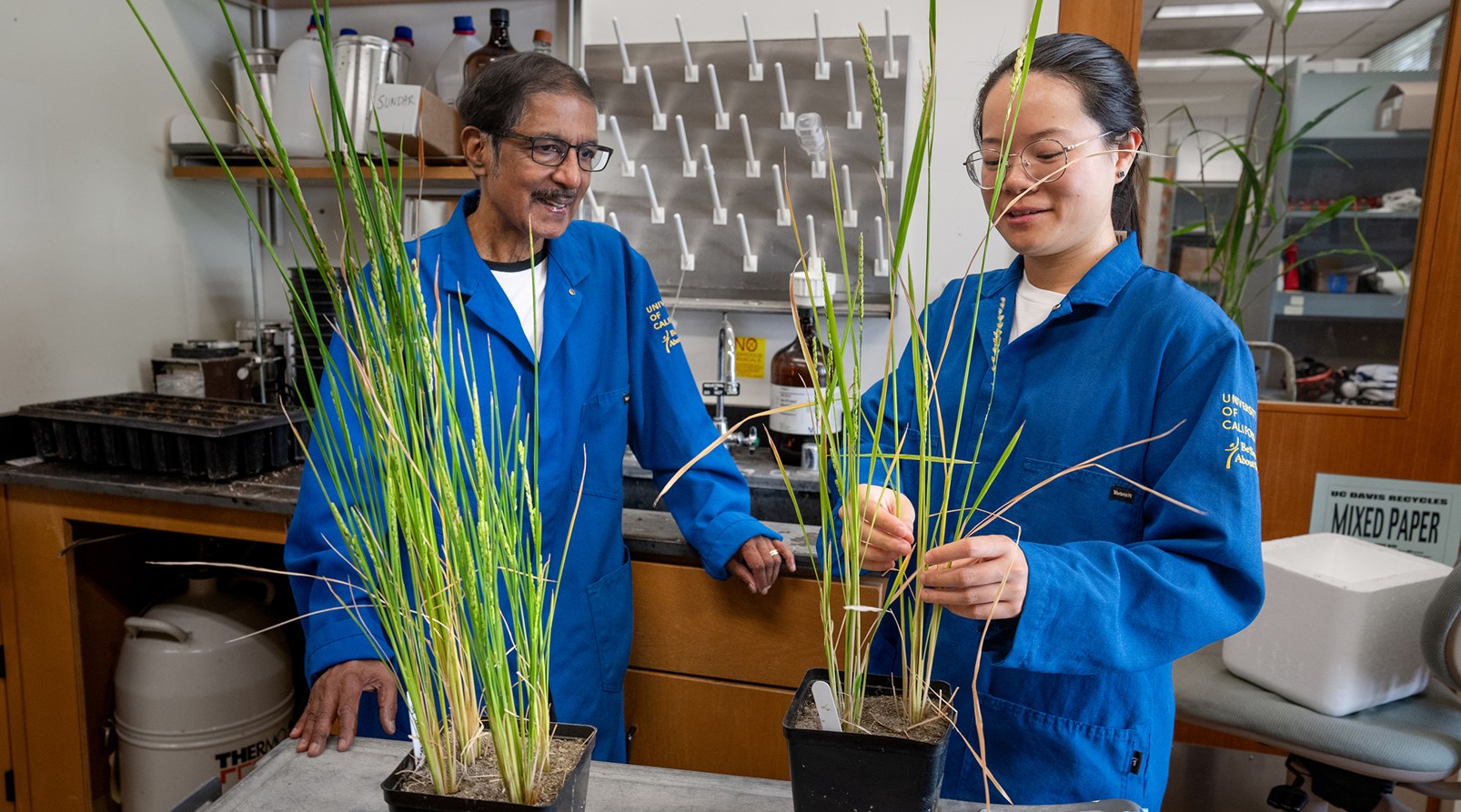 Dr Venkatesan Sundaresan with one of his research team members, Hui Ren | Image Credit: UC Davis[/caption]
Dr Venkatesan Sundaresan with one of his research team members, Hui Ren | Image Credit: UC Davis[/caption]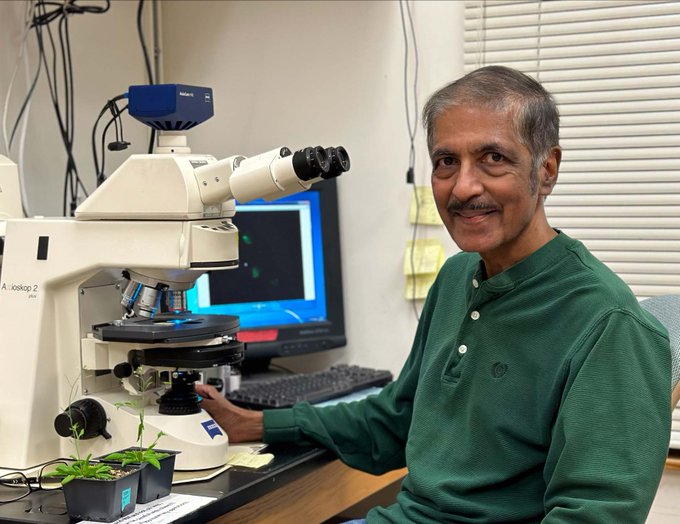 Dr Venkatesan Sundaresan[/caption]
Dr Venkatesan Sundaresan[/caption]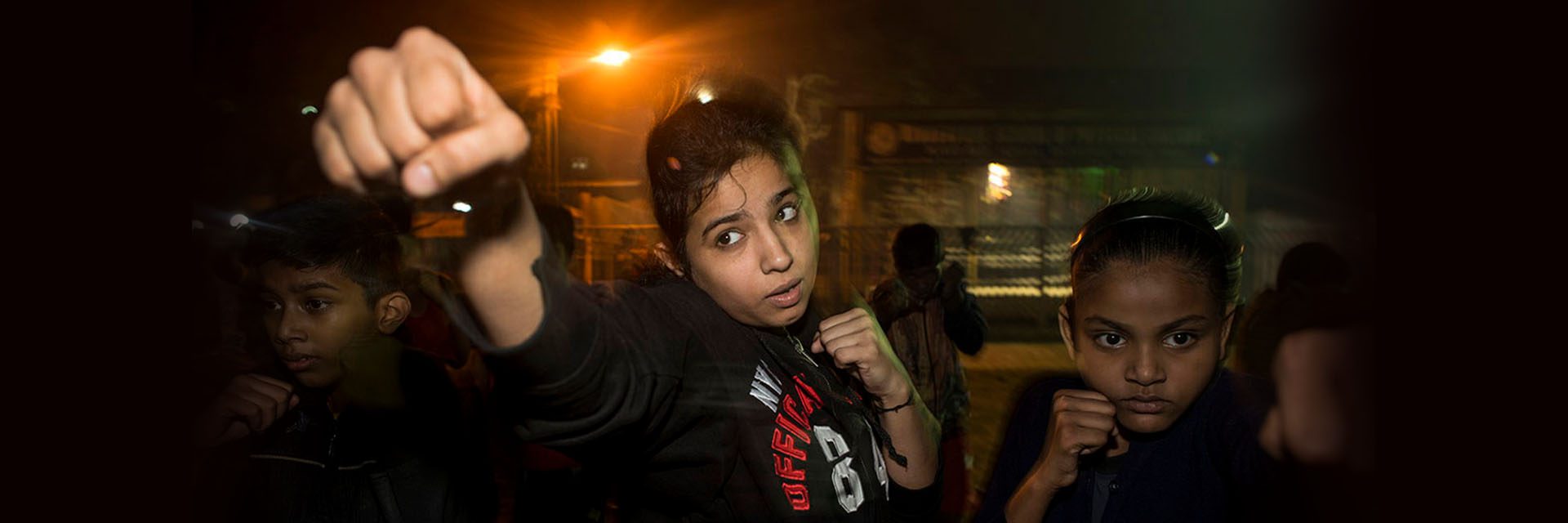
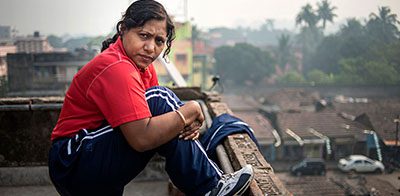 Razia Shabnam exercises at her rooftop; Photo Courtesy: Arindam Mukherjee[/caption]
Razia Shabnam exercises at her rooftop; Photo Courtesy: Arindam Mukherjee[/caption] Photo Courtesy: Arindam Mukherjee[/caption]
Photo Courtesy: Arindam Mukherjee[/caption]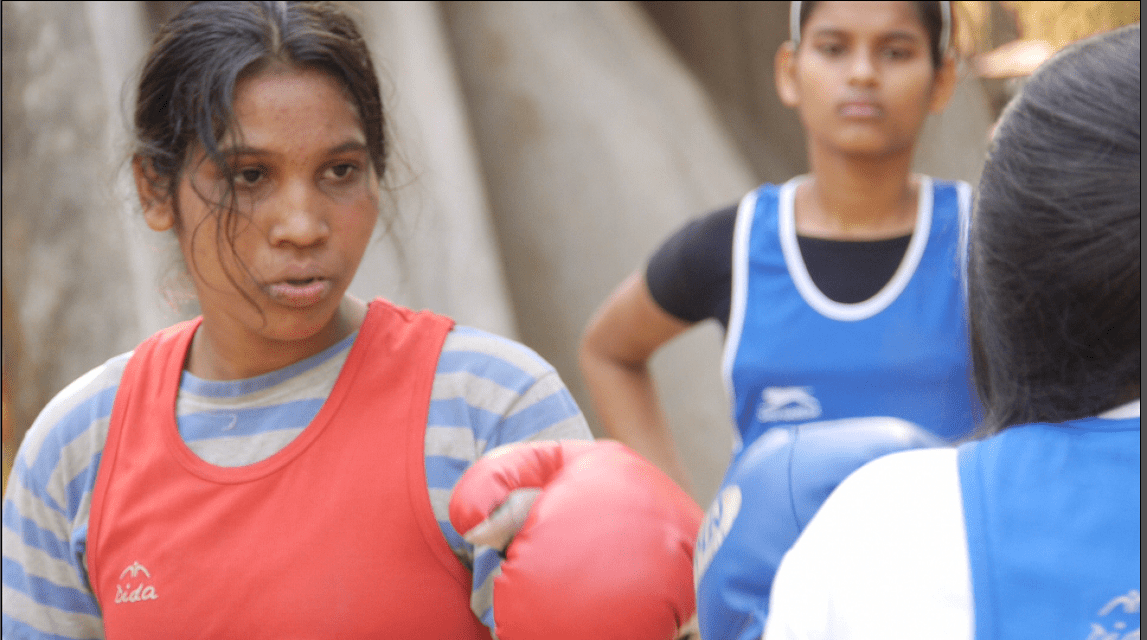 Ajmira Khatun during a practise session; Photo Courtesy: Alka Raghuram[/caption]
Ajmira Khatun during a practise session; Photo Courtesy: Alka Raghuram[/caption]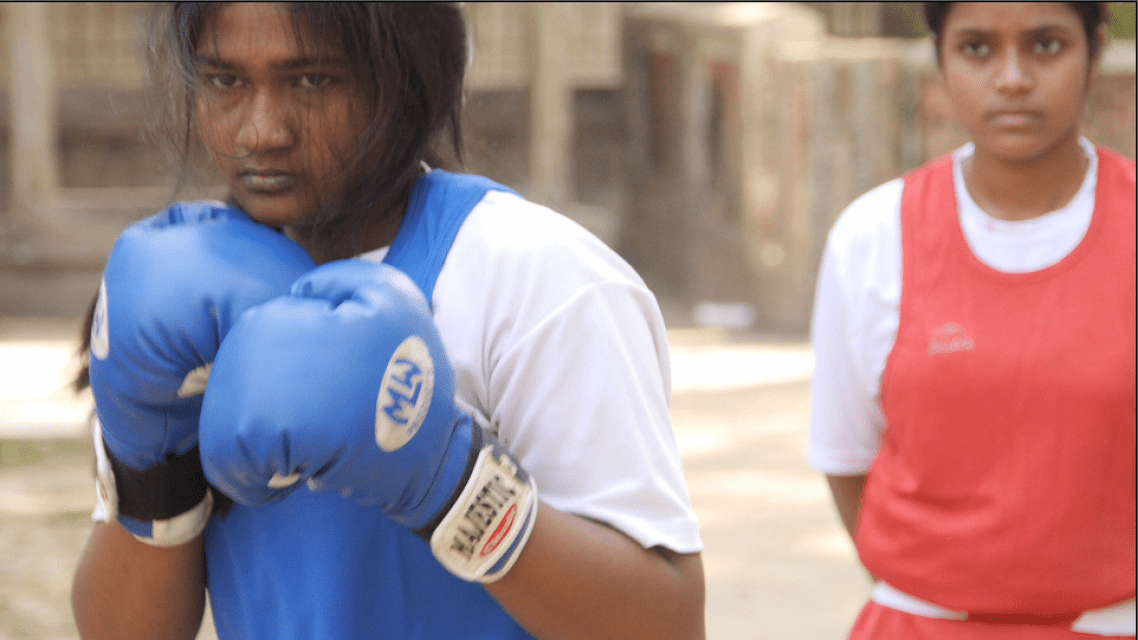 Taslima during a practise session; Photo Courtesy: Alka Raghuram[/caption]
Taslima during a practise session; Photo Courtesy: Alka Raghuram[/caption]